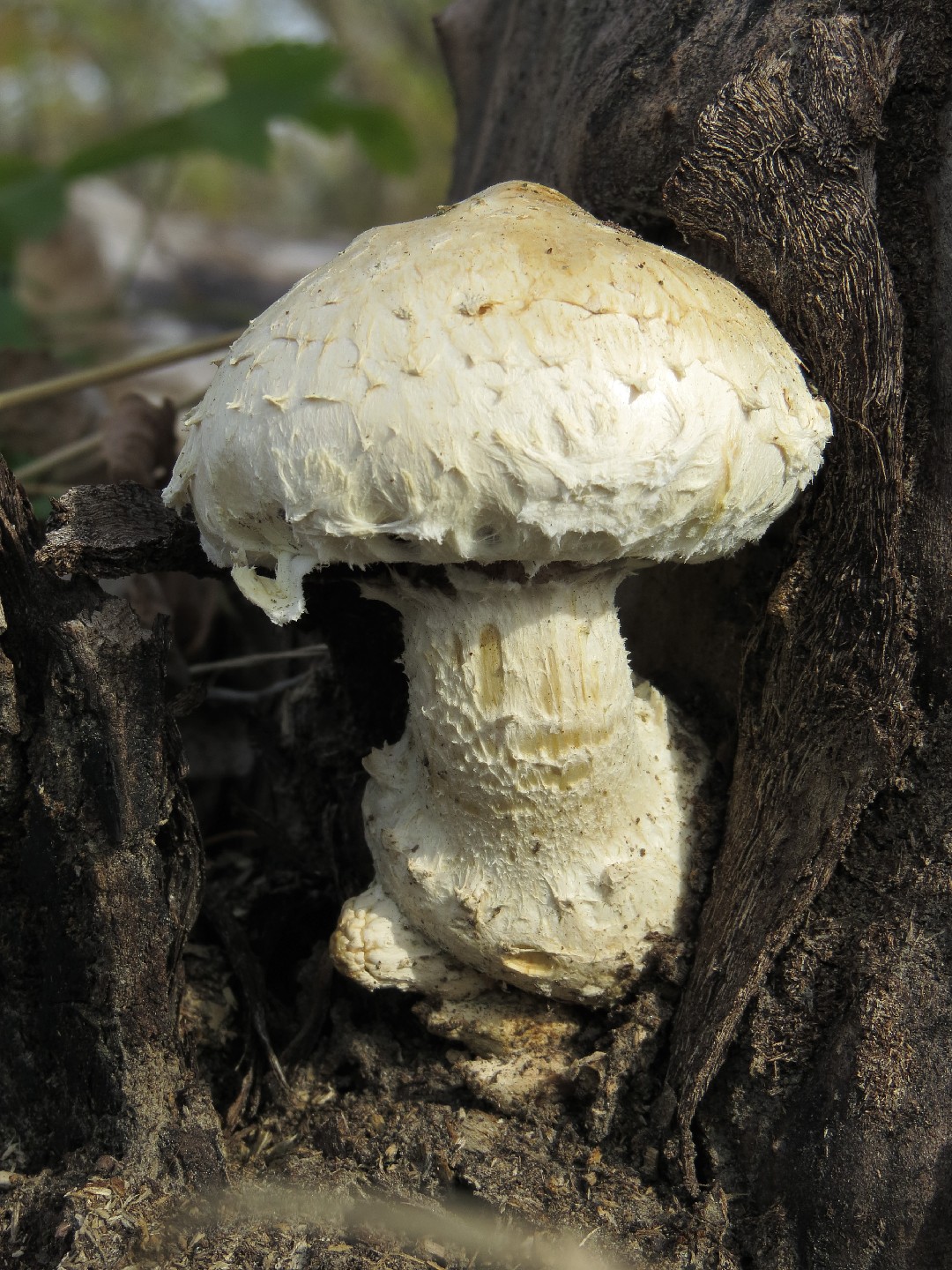Hemipholiota
Scientific name: Hemipholiota
Hemipholiota
Scientific name: Hemipholiota
 Photo By Аимаина хикари , used under CC0 /Cropped and compressed from original
Photo By Аимаина хикари , used under CC0 /Cropped and compressed from original Description
Hemipholiota is a fascinating group of fungi characterized by their unique appearance and growth patterns. They often display a bright or striking coloration, making them easily recognizable in their natural habitats. These fungi typically grow on decaying wood, contributing to the breakdown and recycling of organic material in forest ecosystems. With their distinctive cap shapes and patterns, members of hemipholiota can also be appreciated for their distinct ecological roles and visual appeal in nature.
Species of Hemipholiota
Scientific Classification
Phylum
Club fungi Class
Mushroom-forming fungi Order
Gilled fungi Family
Strophariaceae Genus
Hemipholiota 